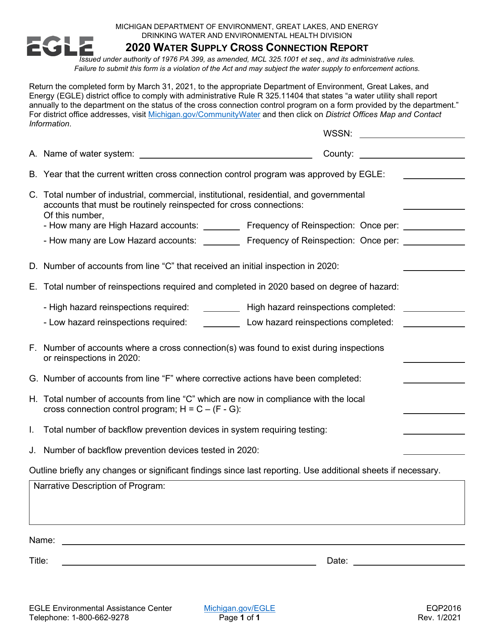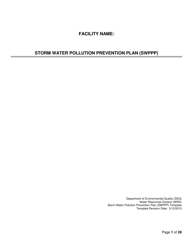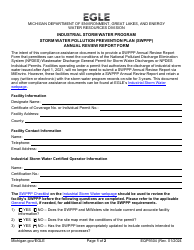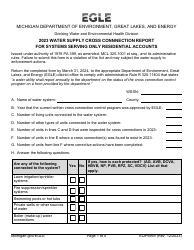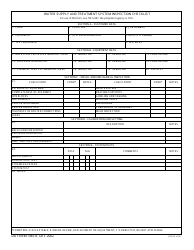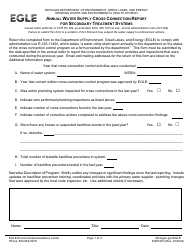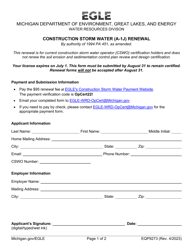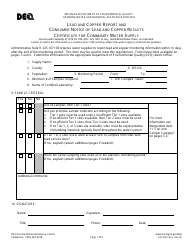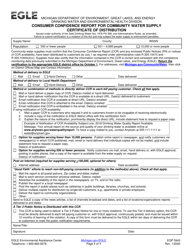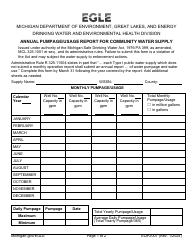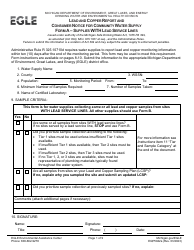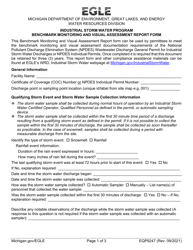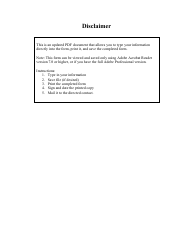This version of the form is not currently in use and is provided for reference only. Download this version of
Form EQP2016
for the current year.
Form EQP2016 Water Supply Cross Connection Report - Michigan
What Is Form EQP2016?
This is a legal form that was released by the Michigan Department of Environment, Great Lakes, and Energy - a government authority operating within Michigan. As of today, no separate filing guidelines for the form are provided by the issuing department.
FAQ
Q: What is the EQP2016 Water Supply Cross Connection Report?
A: The EQP2016 Water Supply Cross Connection Report is a document that pertains to the cross connection control program in Michigan.
Q: What is a cross connection?
A: A cross connection is a connection between a potable water supply and a source of contamination or non-potable water.
Q: What is the purpose of the cross connection control program?
A: The purpose of the cross connection control program is to protect the public water supply from potential contamination.
Q: Why is the EQP2016 Water Supply Cross Connection Report important?
A: The EQP2016 Water Supply Cross Connection Report helps ensure that cross connection control measures are in place to prevent contamination of the water supply.
Q: Who is responsible for implementing the cross connection control program?
A: Water suppliers, such as municipalities and utilities, are responsible for implementing the cross connection control program.
Q: What are some examples of cross connections?
A: Examples of cross connections include irrigation systems connected to the potable water supply, hose connections to chemical containers, and boilers or heating systems.
Q: What are the requirements for backflow prevention devices?
A: Backflow prevention devices are required to protect against backflow, which is the reverse flow of water and contaminants into the potable water supply.
Q: How often are cross connection inspections conducted?
A: Cross connection inspections are typically conducted on a regular basis to ensure compliance with the cross connection control program.
Form Details:
- Released on January 1, 2021;
- The latest edition provided by the Michigan Department of Environment, Great Lakes, and Energy;
- Easy to use and ready to print;
- Quick to customize;
- Compatible with most PDF-viewing applications;
- Fill out the form in our online filing application.
Download a printable version of Form EQP2016 by clicking the link below or browse more documents and templates provided by the Michigan Department of Environment, Great Lakes, and Energy.
